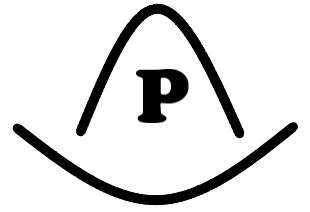HSAs let you save tax-free for medical needs. If you have a high-deductible health insurance plan (over $1,350 for individuals or $2,700 for families), you’re eligible. They are similar to FSAs, but FSAs generally have more restrictions such as “use it or lose it” rules and they don’t offer a way to invest your contributions. I would argue HSAs should be your first choice for investing for retirement, even more so than 401ks and IRAs. Here is why:
Triple tax break
- Contributions are tax deferred and you can invest the funds
- Earnings are not taxed
- Withdrawals used for qualified medical expenses are not taxed either.
With a Traditional 401k or IRA, you get the tax deferral benefit in #1 above, but pay tax later, so you don’t get the benefits of #2 and #3. With a Roth 401(k) or IRA, you get the benefits of #2 and #3, but not #1. With a HSA you get the benefits of all 3. A triple tax break!
2019 Contribution Limits
You can contribute up to $3,500 to an HSA if you have single coverage or up to $7,000 for family coverage in 2019, which is slightly more than the 2018 limits. If you’re 55 or older anytime in 2019, you’ll continue to be able to contribute an extra $1,000


